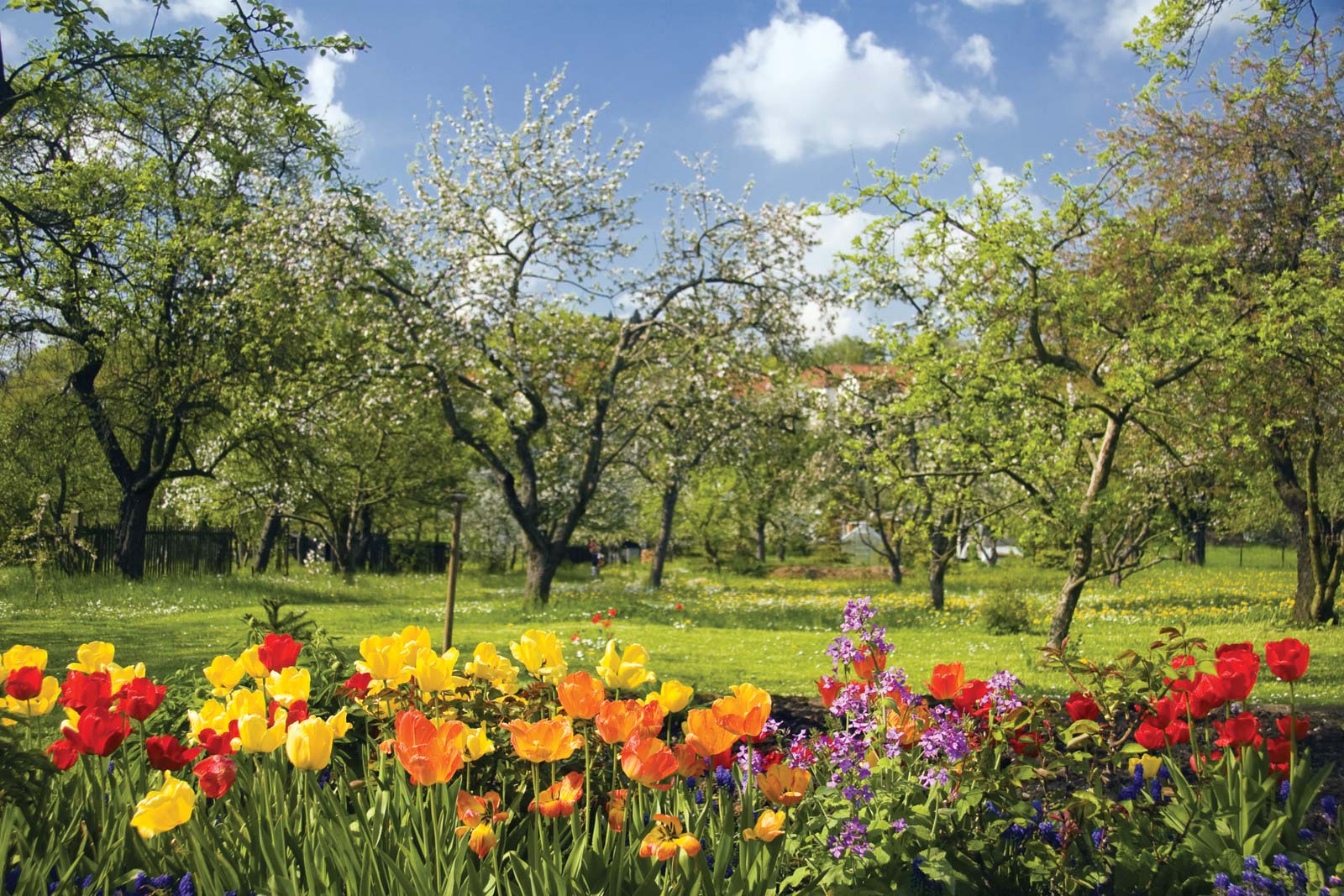Spring is a season that many look forward to, as it heralds the return of vibrancy and life after the cold, dreary winter months. But did you know there are some unusual and delightful facts about this enchanting season that could brighten your day further? Let’s explore the quirky characteristics of spring that might just surprise you.
1. The Science of Spring Fever
Have you ever experienced an inexplicable surge of energy as spring blossoms? This phenomenon, often referred to as “spring fever,” is not just an urban legend. Scientific studies have indicated that increased levels of sunshine can boost serotonin production, a neurotransmitter associated with mood elevation. As daylight hours expand, many individuals begin to feel invigorated and optimistic, signaling a shift in both mood and behavior.
2. Thermoregulation Wonder: Nature’s Adaptation
Spring introduces varying temperatures, prompting many animals to undergo fascinating physiological changes. For instance, some reptiles, which are ectothermic (cold-blooded), will adjust their body temperature outside by basking in the sun to nourish their metabolism. This seasonal adaptiveness is essential for their survival, showcasing nature’s remarkable ability to thrive amid changing conditions.
3. Unusual Phenomena: The Magic of Aurora Borealis
While auroras are typically associated with polar regions, spring is surprisingly the best time to witness this stunning natural display in some areas of the northern hemisphere. The longer nights combined with various solar activities increase the likelihood of seeing these ethereal lights in March and April. Have you ever glimpsed the alluring dance of colors in the night sky? If not, a late-night spring outing could ignite your sense of adventure.
4. Plant Communication: The Secret Language
It may sound like something from a fantasy novel, but plants possess the ability to communicate, especially during springtime. Through a process called allelopathy, they can release chemical signals in the soil that may inhibit the growth of competing plants and, in some cases, invite beneficial organisms. This secret language of plants involves detection and response, which directly impacts their growth and survival, contributing to the ecological balance of spring landscapes.
5. The Resurrection of the Insect Kingdom
As spring emerges, so does a myriad of insects. The gentle warming of temperatures wakes dormant populations from their winter slumber. From the industrious ants to the fluttering butterflies, insects are crucial for pollination and thus influence plant reproduction. To challenge yourself, consider creating a “spring insect journal” by tracking different species you observe in your garden or local park. How many can you find?
6. The Phenomenon of Animal Courtship Rituals
Spring ignites the instincts of many animals, prompting them to engage in elaborate courtship displays. Take the peacock, for example: its stunning fan of feathers becomes the ultimate attraction for mates. Birds often sing more vigorously in the spring months as a way to establish territory and attract partners. Have you ever taken a moment to listen to the symphony of sounds in the early morning? This natural chorus can serve as a beautiful balm for the spirit.
7. The Kinetic Energy of Migration
Many bird species migrate thousands of miles returning to temperate zones during spring after a long winter migration. This annual journey is a testament to the endurance and resilience of these feathered travelers. By tracking their routes and behaviors, we foster a deeper understanding of ecology. Could you spot and identify a few migratory species in your area? Embarking on a bird-watching venture could be a delightful challenge.
8. Spring and the Lunar Calendar
Interestingly, spring is not just tied to the solar calendar; it also holds significance in lunar cycles. The spring equinox marks a time when day and night are nearly equal. Various cultures worldwide celebrate this transition with festivals that honor renewal and rebirth. Exploring cultural practices around the equinox might encourage you to adopt a newfound appreciation for seasonal changes.
9. The Transformation of Hibernation
Spring serves as a cue for many hibernating animals to emerge from their winter hideaways. Groundhogs, bears, and more slowly regain their energy, dramatically affecting the ecosystem. This transition signals not just a change in tradition for these creatures but also initiates a ripple effect throughout the food chain. Gratifyingly, the emergence of these creatures from hibernation can symbolize hope and revitalization.
10. A Cornucopia of Colors: The Spring Bloom
One of the most visually pleasing aspects of spring is the explosion of colors displayed by blooming flowers. Tulips, daffodils, and cherry blossoms adorn landscapes, creating a picturesque scene. Interestingly, colors in plants serve dual purposes: attraction and repulsion—helping to allure pollinators while also deterring herbivores. Challenge yourself to create a colorful spring bouquet from local flowers. It can serve as a daily reminder of the beauty around you.
As you take in these unusual facts about spring, consider how they contribute to our understanding and appreciation of this lively season. Whether it’s diving into the intricate behaviors of animals, exploring the cultural significance of springtime events, or simply enjoying the natural beauty around you, there’s an abundance of delightful discoveries to be made. Engage with nature and embrace the invigorating essence that spring has to offer!









